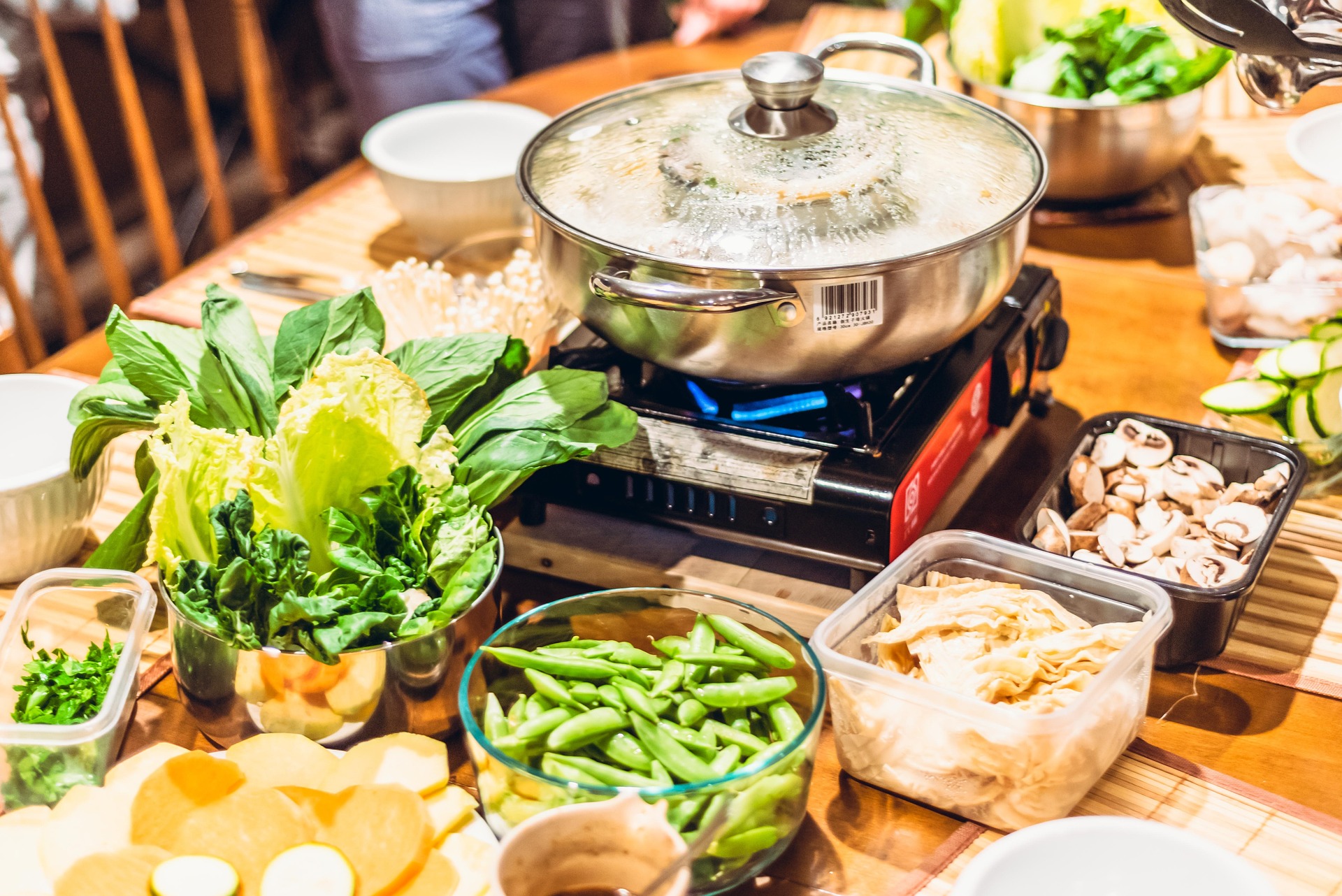Vegetables contain more nutrients when raw. This is only partially true, as some vegetables become more nutritious with heat.
Vegetables contain many valuable vitamins and minerals. But there are different opinions about how best to absorb them. The myth that nutrients are lost during cooking is a persistent one. It is true for some vegetables, but boiling, frying, roasting or steaming can increase nutrient absorption for some foods.
It’s not without reason that the cartoon character Popeye preferred to eat spinach: after all, the green leafy vegetable is full of vitamin C, magnesium, iron, vitamin B6 and calcium. Studies show that most warm cooking methods make spinach healthier: Cooking destroys oxalate, a substance that blocks the absorption of calcium and iron in the intestines.
Carrots contain a lot of beta-carotene, which is good for the heart, circulation and skin, among other things. However, the body has difficulty absorbing the substance from raw carrots: It is easier if the vegetable is cooked. This is because the cell walls of the carrot swell during cooking, and the beta-carotene dissolves. For the body to also process beta-carotene, it also needs some fat.
This also applies to potatoes, which also contain a lot of beta-carotene. The cooking process destroys the cells, and the body can better absorb the vitamins. In addition, starch and proteins can be digested better when cooked.
Are green beans raw? Better not, because they contain a protein called lectin that interferes with the absorption of nutrients. Eating raw green beans can cause nausea, dizziness or diarrhea. Heating them – especially at very high temperatures – deactivates the lectins and increases their nutritional value.
Celery juice has been experiencing hype for years. No wonder: after all, the vegetable contains antioxidants, fibre, potassium and vitamins A, C and K. According to studies, cooking celery increases the content of vitamin K and the antioxidants. In exchange, you have to live with a loss of vitamin C and fibre.
Tomatoes are one of the best sources of the antioxidant lycopene, believed to reduce cancer risk and prevent heart disease. Cooking makes it easier for the body to absorb the substance.
Cutting garlic releases allicin, contributing to a healthy heart and reducing cancer risk. However, heating deactivates this substance again, and it is lost. So if you want to reap the full benefits, eating garlic raw is better.
The situation is similar with onions: when raw, they contain more thiosulfate – a substance that helps to inhibit inflammation. It is lost during cooking, especially if the onions have been previously cut. Stewing onions at a low temperature for a few minutes can increase the flavonoid substance.
Beets are often available in the store pre-cooked – but they are much healthier raw. Thanks to good nutritional values, they can lower blood pressure, for example. Flavonoids, folic acid and vitamin C, are lost when cooked in water.
There’s a reason kale has been trendy for years – the cruciferous vegetable contains high amounts of glucosinolates, which stimulate the immune system and have antibiotic effects. Heat can destroy these and lower vitamin C, potassium, iron and zinc levels.
- source: heute.at/picture: Bild von Vlad Vasnetsov auf Pixabay
This post has already been read 6084 times!



